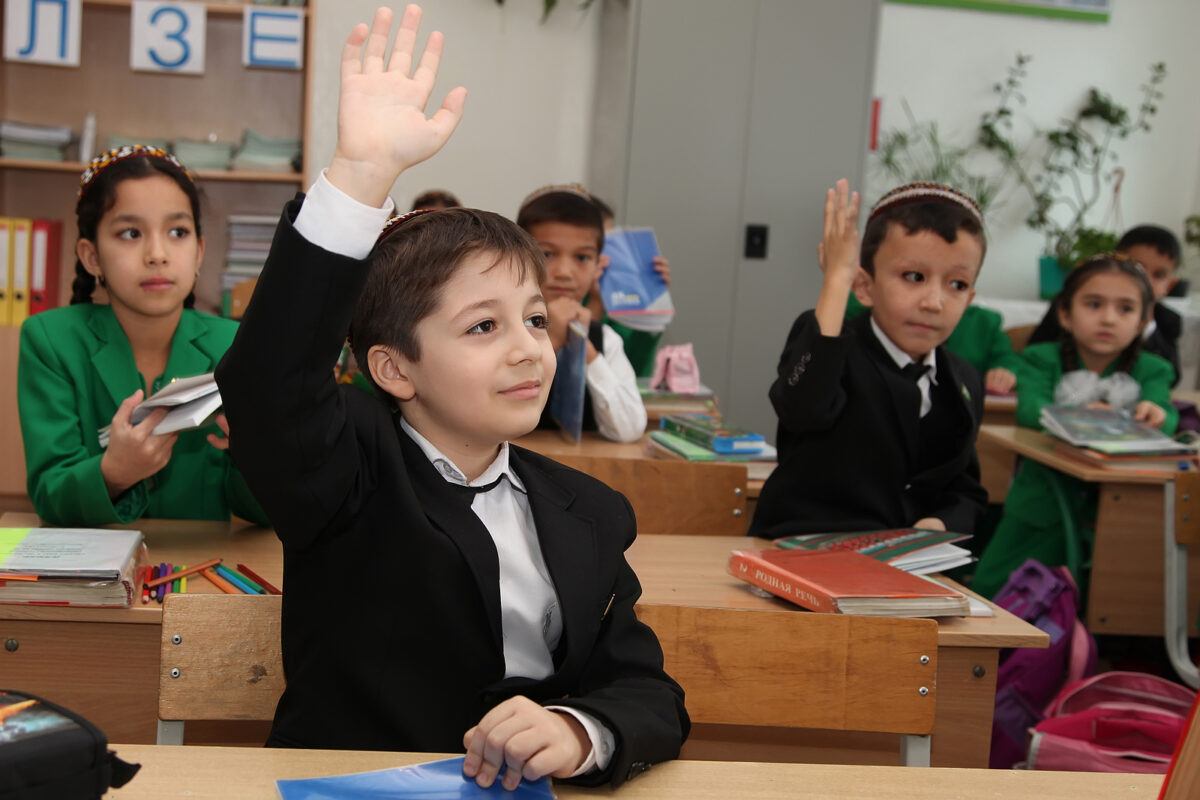The greatest scope for boosting long-term growth across emerging Europe and Central Asia lies in raising the quality of education, especially higher education, according to a new report from the World Bank.
In a special analysis of talent and its critical role as a driver of economic growth—undertaken as part of its latest economic update for the region—the bank finds that education quality has been deteriorating at a critical time when many countries in the region already face substantial demographic and human capital challenges.
The population is aging rapidly in many countries and labour force participation remains low in some parts of the region, especially for women.
“Prioritising quality of education and supporting lifelong learning will help countries bolster their human capital, reduce talent misallocation and waste, energise innovation, and drive sustainable economic growth and development,” says Ivailo Izvorski, World Bank chief economist for Europe and Central Asia.
The report notes that, across the region, enrollment rates at all levels of education are high. The problem lies with the quality of education, which has deteriorated in recent years.
Test scores on the Programme for International Student Assessment (PISA), which is administered to 15-year-old students, have declined substantially over the last decade. Gaps in the quality of basic (primary and secondary) education are particularly large for students from disadvantaged backgrounds.
Higher education is underperforming even more than basic education. Countries in other regions with a similar quality of basic education or a similar income level have better universities. For example, there are only nine institutions from the region in the Top 500 Times Higher Education ranking of world universities.
Weaknesses in higher education systems include outdated curricula, lack of investment in equipment and infrastructure, poor management, and the disconnect between education and labour market needs.
Addressing these challenges will require efforts to accelerate curriculum reforms, especially in science, technology, engineering, and math (STEM) subjects, improving the quality of higher education, and enlisting more and better trained teachers to boost human capital creation.
A common concern across emerging Europe countries is the emigration of talented workers. The World Bank report notes that more than a third of the people with higher education degrees emigrate from Albania, Bosnia and Herzegovina, Kazakhstan, and Moldova, and more than a quarter in Armenia, Bulgaria, Croatia, Kyrgyzstan, and North Macedonia do so.
Economic stability
The bank’s economic update nevertheless suggests that economic growth in the developing economies of the Europe and Central Asia region is stabilising after a series of crises, although at levels well below the early-2000s.
Regional growth is expected to moderate to 3.3 per cent this year from 3.5 per cent in 2023, slowing further to 2.6 per cent in 2025. This is significantly weaker than the 5.1 per cent average growth of 2000-9 and below what is needed for the region’s middle-income countries to achieve their aspiration of attaining high-income status within a generation or two.
Lower inflation is prompting some central banks to start cutting policy rates this year. Policy caution prevails, however, amid concerns about persistent price pressure.
“Countries of the Europe and Central Asia region have ably navigated the recent shocks of high inflation, the fallout from Russia’s invasion of Ukraine, and weak expansion in the European Union, the region’s key export market,” says Antonella Bassani, World Bank vice president for Europe and Central Asia, who also underlines the importance of investment in education.
“To achieve stronger productivity growth over the longer term, it will be important for the countries of the region to improve substantially the quality of both secondary and higher education, key for bolstering human capital and creativity,” she adds.
Currently, economic growth in the developing economies of Europe and Central Asia is underpinned by private consumption because of rising wages, government transfers to households, and falling inflation. Remittance inflows are also above pre-pandemic levels, and they continue to support economic expansion in the Western Balkans, the South Caucasus, and Central Asia.
Tourism is another bright spot in the region’s growth story, with international tourist arrivals surpassing pre-pandemic levels. In Central Europe and the Western Balkans, the number of tourists is higher than 2018–9 levels—over 80 per cent higher in Albania and 15 per cent higher in Bulgaria.
Recovery in goods exports, however, has faded due to the slowdown in the European Union, especially in countries that rely on European automobile chains, such as those in Central Europe and the Western Balkans.
In Ukraine, substantial damage from Russia’s invasion and extensive electricity disruptions are likely to slow growth from 5.3 per cent last year to 3.2 per cent this year and two per cent in 2025.
Strong growth continues in South Caucasus, Central Asia
In the South Caucasus, growth is estimated at 4.6 percent in 2024, the fastest pace of expansion among all emerging Europe and Central Asia subregions. In Azerbaijan, growth is likely to be substantially stronger than in 2023 because of large public investment. In Armenia and Georgia, growth is expected to remain well above the potential level, driven by household consumption, investment, and government spending.
However, in Armenia, growth is expected to ease to 5.5 per cent this year, from 8.3 per cent in 2023, partly because of the normalisation of migration, tourist arrivals, and remittance inflows from the Russian Federation.
Central Asia is projected to grow by 4.3 per cent in 2024, down from 5.6 per cent a year ago. Growth in Kazakhstan is expected to slow to 3.4 per cent in 2024, from 5.1 per cent in 2023, amid the delayed expansion of the Tengiz oil field and a tighter fiscal stance.
Elsewhere in Central Asia, growth estimates have been revised upward by almost one percentage point on average, reflecting firming consumption, higher government spending, as well as continued support from remittances and trade with Russia.







